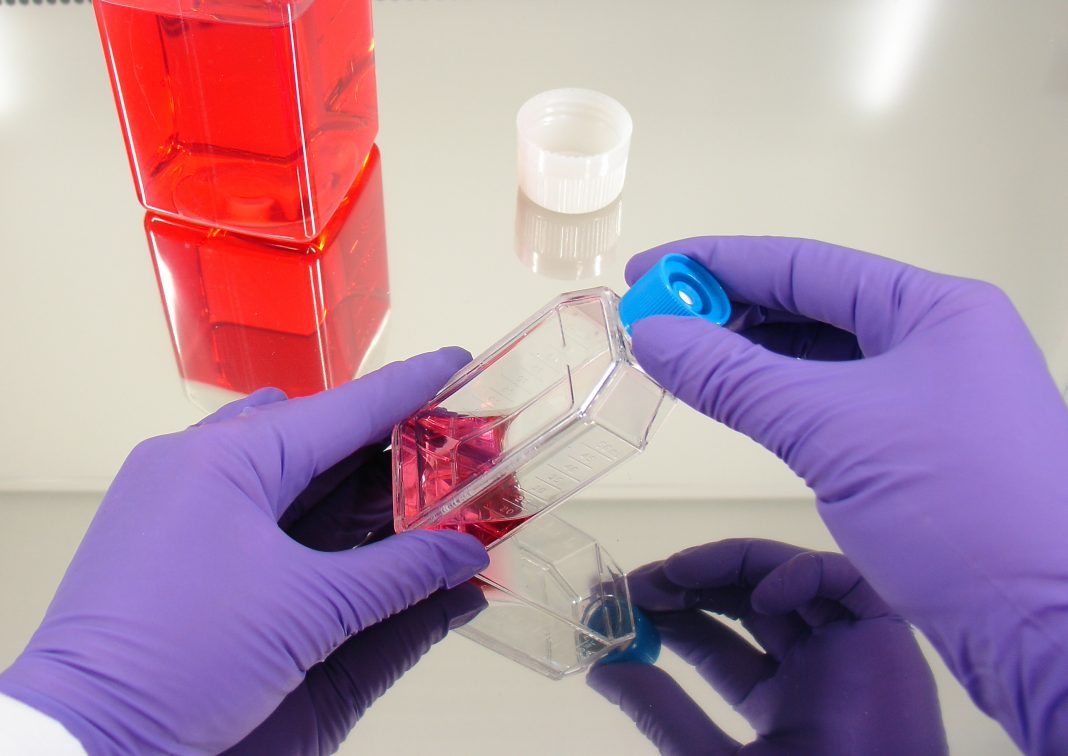Researchers say that the use of Research Resource Identifiers (RRIDs) helps reduce the improper use of cell lines in biomedical studies. RRIDs are ID numbers assigned to help researchers cite key resources (antibodies, model organisms, and software projects) in the biomedical literature to improve transparency of research methods, according to rrids.org.
The team’s study (“Meta-Research: Incidences of problematic cell lines are lower in papers that use RRIDs to identify cell lines”), published in eLife, suggests that continued use of RRIDs in the scientific literature will allow better reporting of cell lines and other research materials in publications, which would in turn aid future reproducibility efforts.
“The use of misidentified and contaminated cell lines continues to be a problem in biomedical research. RRIDs should reduce the prevalence of misidentified and contaminated cell lines in the literature by alerting researchers to cell lines that are on the list of problematic cell lines, which is maintained by the International Cell Line Authentication Committee (ICLAC) and the Cellosaurus database,” wrote the investigators.
“To test this assertion, we text-mined the methods sections of about two million papers in PubMed Central, identifying 305,161 unique cell-line names in 150,459 articles. We estimate that 8.6% of these cell lines were on the list of problematic cell lines, whereas only 3.3% of the cell lines in the 634 papers that included RRIDs were on the problematic list. This suggests that the use of RRIDs is associated with a lower reported use of problematic cell lines.”
Cell lines are used widely in the biological sciences. Their ability to multiply indefinitely means that scientists can, in theory, exactly replicate previous studies and build on the results. But mislabeling or mishandling can lead to the misidentification, contamination, and/or distribution of problematic cell lines, which can, in turn, affect the validity of research data.
“RRIDs should help reduce this improper use of cell lines,” explained co-first author Zeljana Babic, a graduate student at the Center for Research in Biological Systems, University of California, San Diego. “These unique identifiers can be included in the methods section of a research paper to define the cell line, antibody, transgenic organism, or software used. They can alert researchers to resources that flag problematic cell lines, such as the Cellosaurus database.”
“The Cellosaurus database is the most comprehensive knowledge resource on cell lines,” said Amos Bairoch, PhD, professor at the University of Geneva and group leader at the Swiss Institute of Bioinformatics. “RRIDs for cell lines are created by this authoritative database.”
Amanda Capes-Davis, PhD, chair of the International Cell Line Authentication Committee (ICLAC), added, “Misidentified cell lines are a major problem in the scientific literature. If researchers are alerted about the misidentification of a cell line before they publish, will they still report data from such a cell line?”
However, caution must be used in interpreting the study’s results, explained senior author Anita Bandrowski, PhD, CEO of SciCrunch and Project Lead at the Center for Research in Biological Systems, University of California, San Diego. “The use of cell lines on the problematic list does not automatically mean that a given line is being employed improperly. Additionally, the list includes cell lines that have been labeled with the wrong type of cancer, but which may still be safely used if the researchers know the true identity of the line.”
The team added that it is important to review the evidence underlying the findings and make a considered judgment regarding their impact on published work. “Cell-line resources, such as Cellosaurus and the ICLAC register of misidentified cell lines, have been developed to improve awareness of cell-line information,” Bandrowski concluded. “We hope that inclusion of RRIDs will result in improved use of these resources and better reporting of all research materials in future publications.”



